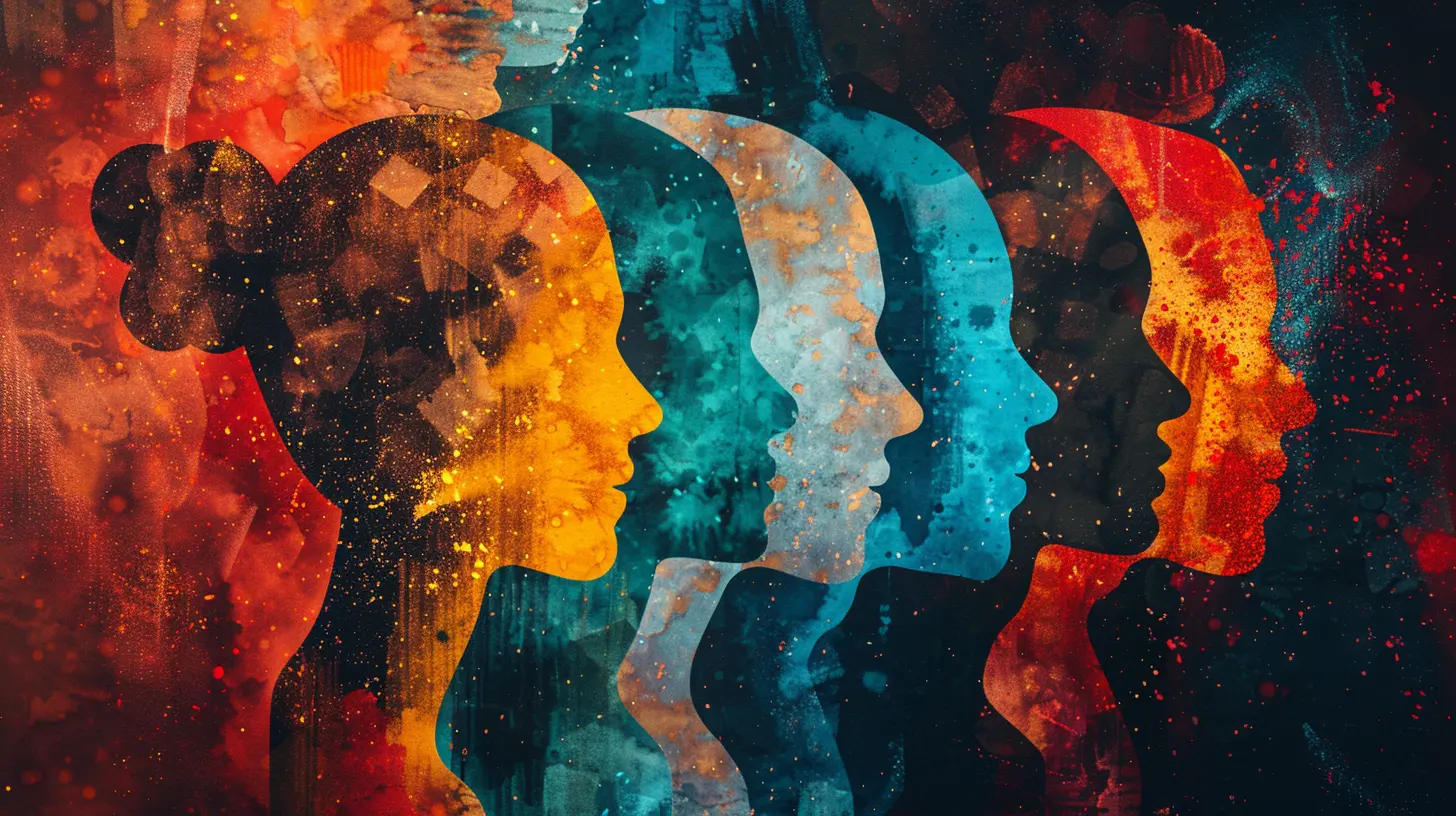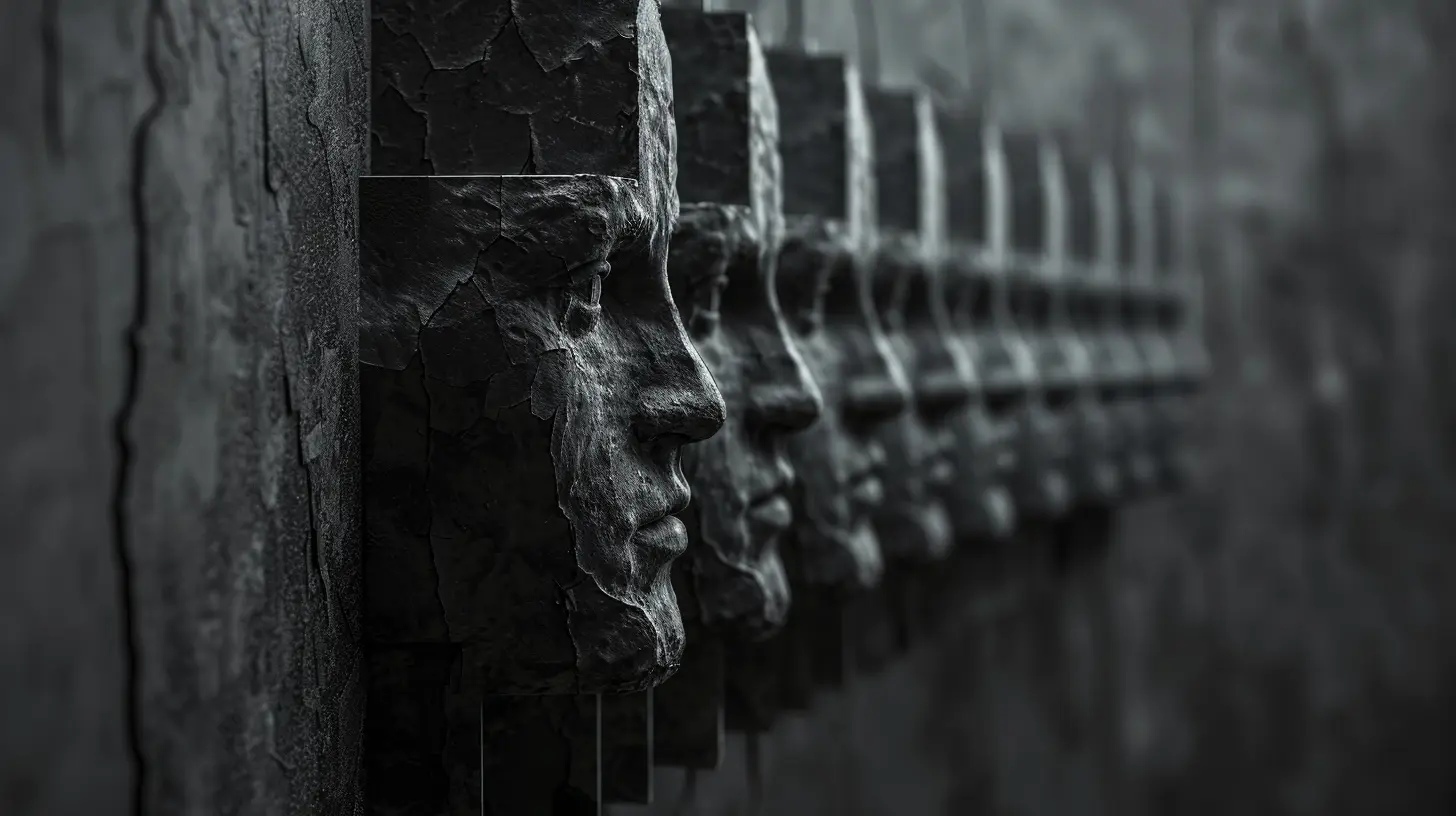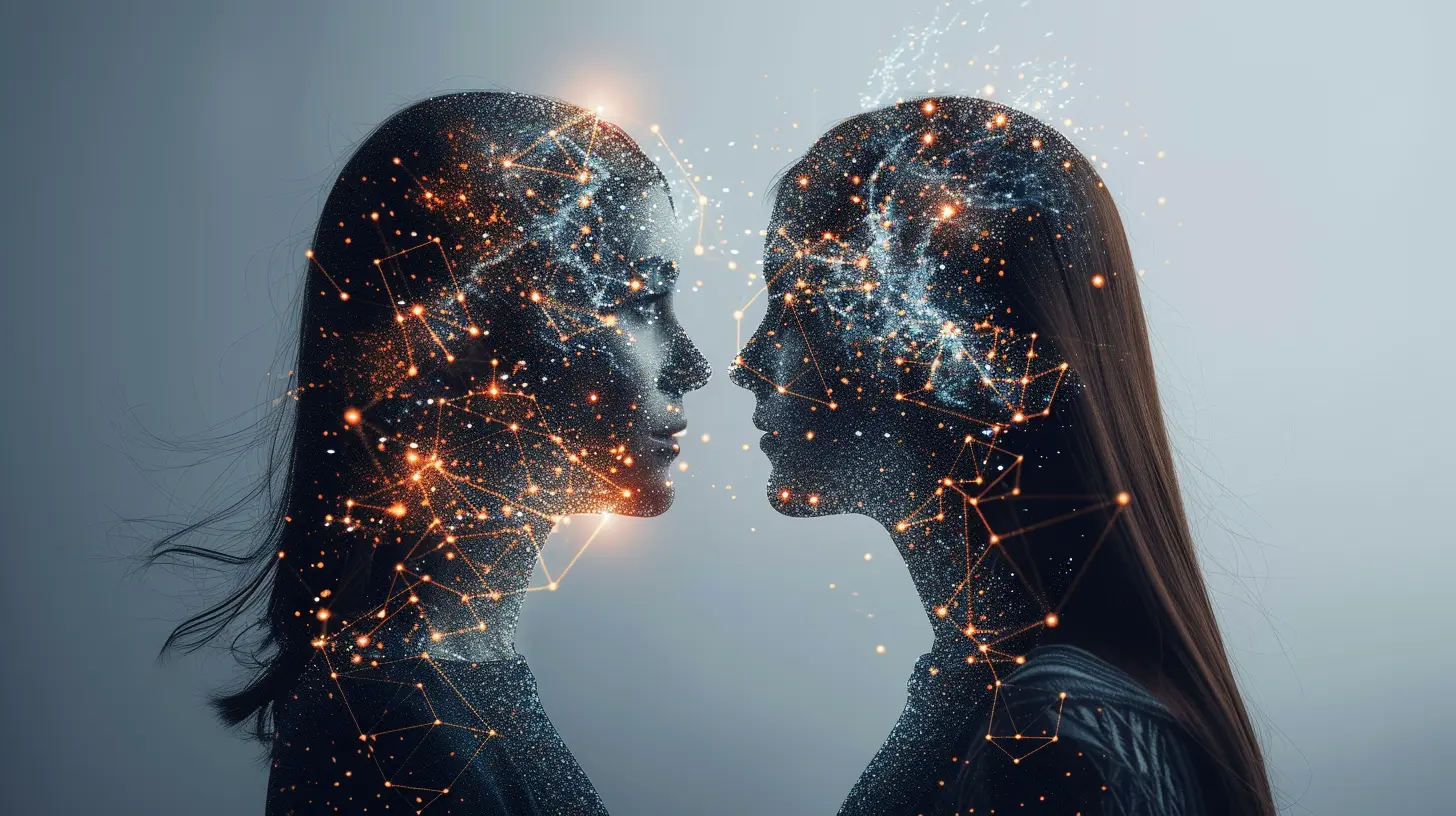The Role of Social Cognition in Understanding Others' Intentions
29 July 2025
Ever walked into a room, made eye contact with someone for half a second, and just knew they were in a bad mood? Or maybe you’ve sensed that your friend was faking happiness—or your partner was on the verge of asking you something big? Guess what? That’s social cognition in action.
Social cognition is our mental toolkit for navigating the social world. It’s how we interpret facial expressions, tone of voice, body language—and even silence. At its core, social cognition allows us to decipher others' intentions. It's like the mind-reading glasses we all wear, even if we don't always realize it.
In this article, we’re diving deep (but not too complicated—we promise!) into how social cognition helps us understand what’s going on in other people’s minds. Whether you’re a psychology enthusiast, a curious reader, or just someone trying to get better at reading the room, you’ll find this both fascinating and refreshingly relatable.
What Is Social Cognition, Anyway?
Let’s start at the beginning. Social cognition is all about how we process, store, and apply information about other people and social situations. Think of it as the GPS system your brain uses to make sense of human behavior.It helps us answer questions like:
- Did he really mean that compliment?
- Is she annoyed, or just tired?
- Should I trust this guy?
Without social cognition, conversations would feel like trying to solve a puzzle with missing pieces. It’s what helps us “fill in the blanks” when someone's words don’t match their body language.
Why Understanding Intentions Matters
Let’s be real: life is messy, and people are complicated. We often say things we don’t mean or do things we don’t explain. That’s why understanding intentions—not just actions—is so crucial.Imagine this:
Two coworkers bump into each other. One says, “Watch where you’re going!” Now, without social cognition, you'd only interpret the literal words. But with it, you consider the tone, the situation, the relationship between the people, and even the time of day. Was it anger? A joke? Sarcasm?
Understanding intentions helps us:
- Respond appropriately in social interactions
- Avoid unnecessary conflicts
- Build empathy and trust
- Spot deception or manipulation
In essence, it helps us be less wrong about people.
The Brain Behind the Magic
Now for the science-y part (don’t worry, we’ll keep it fun).Several brain regions light up when we’re engaging in social cognition:
1. Medial Prefrontal Cortex (mPFC) – It’s like HQ for social thinking. It helps us consider others' mental states.
2. Temporoparietal Junction (TPJ) – This one’s vital for imagining what someone else is feeling or intending.
3. Amygdala – Our emotional radar, scanning for threats and social cues.
4. Mirror Neuron System – Ever yawned when someone else did? These neurons are responsible. They help us mirror others, making emotional contagion possible.
Together, these regions help us perform something called Theory of Mind (ToM)—our ability to attribute thoughts, beliefs, and intentions to others.
Theory of Mind: Our Inner Mind Reader
Theory of Mind is like the Wi-Fi connection between your brain and everyone else’s. It lets you imagine what’s going on in someone else's head—even if they don’t tell you.We start developing ToM in childhood—usually around the age of 4 or 5. That’s when kids begin to understand that other people can have thoughts and feelings different from their own.
Why does ToM matter?
For one, it allows us to:
- Predict other people’s reactions
- Navigate social rules and customs
- Apologize, forgive, or express gratitude appropriately
Without Theory of Mind, we’d all just be guessing in the dark. Think about people with autism spectrum disorder (ASD)—one of the core challenges can be difficulty interpreting others’ mental states. This doesn’t mean there’s a lack of empathy, but the social “wiring” works differently.
Empathy: The Emotional Sidekick
Social cognition isn’t just about thinking—it’s about feeling too.That’s where empathy comes in. Empathy is the emotional fuel that powers our understanding of others' feelings and intentions. Imagine someone crying. Empathy helps us ask, “Are they sad, hurt, overwhelmed?”
There are actually two kinds of empathy:
- Cognitive Empathy: Understanding what someone is feeling.
- Emotional Empathy: Actually feeling it with them.
Both forms guide how we respond. Without empathy, understanding someone’s intention doesn’t mean much. It’s like watching a sad movie and not shedding a single tear—it just doesn’t hit the same.
Bias in Social Cognition: When Things Go Wrong
Now, here’s the twist. Social cognition isn’t always accurate. Our brains love shortcuts (hello, cognitive biases!), and sometimes we get it totally wrong.Three key culprits:
1. Confirmation Bias – We see what we expect to see.
2. Attribution Error – We blame others' bad behavior on their character but our own on circumstances.
3. Stereotyping – We make snap judgments based on group identities.
These biases can warp our understanding of others’ intentions. We might misread someone’s silence as hostility when, in reality, they’re just tired or anxious. This kind of misfire can damage relationships and increase social tension.
Social Cognition in Everyday Life
Let’s step away from the academic corner and look at real life. Where does this stuff actually show up?1. Relationships
Every sigh, eye-roll, or “nothing’s wrong” comes loaded with subtext. Social cognition helps us decide whether to dig deeper or let it slide. It’s the difference between a healthy talk—or a week of passive-aggressive silence.2. Workplace
Ever had a manager send a “Can we talk?” message? Cue instant anxiety. Reading their intentions—urgent or just informative—can change how you emotionally respond.3. Social Media
Yes, even online. Emojis, likes, and comments are the modern body language. Decoding them often requires serious social cognition skills. (Was that thumbs-up sarcastic… or legit?)4. Conflict Resolution
Mediators and therapists rely heavily on social cognition. The ability to understand what each party wants—even if they can't articulate it—is key to finding common ground.Can You Improve Your Social Cognition?
Absolutely. It’s not set in stone. Like muscles, your social cognition game can get stronger with a little effort.Here’s how:
- Mindfulness: Be present. Notice subtle cues—tone, facial expressions, pauses.
- Ask More Questions: Instead of assuming intent, clarify. “Did you mean...?” goes a long way.
- Read Fiction: Seriously. Stories expose you to thoughts and motives of diverse characters.
- Practice Empathy: Before reacting, pause and ask yourself, “What might they be feeling right now?”
- Get Feedback: Your perception might be off. Ask trusted people how you come across and how they interpret interactions.
Improving social cognition is like upgrading your brain’s “people software.” With every interaction, you get a chance to reboot and reload better.
What Happens When Social Cognition Fails?
Sometimes, breakdowns in social cognition aren’t just about having a bad day or being emotionally off. They can be a hallmark of certain psychological conditions.Here are a few:
- Autism Spectrum Disorder (ASD): Challenges in reading social cues and understanding others’ mental states.
- Schizophrenia: Often involves impaired Theory of Mind, leading to misinterpreting neutral actions as hostile or threatening.
- Borderline Personality Disorder (BPD): Individuals may have extreme sensitivity to perceived rejection or abandonment, often misreading others’ intentions.
In these cases, therapy often focuses on building or repairing social cognitive skills—like mentalization-based therapy (MBT) which encourages people to reflect on their own and others’ inner experiences.
Future of Social Cognition: AI and Beyond
Here’s a curveball—machines are learning social cognition too. With advancements in AI, robots and software are getting better at interpreting human emotions and intentions. Think Alexa knowing just the right time to suggest calming music.But can machines ever truly understand us like another human can? Maybe. Maybe not. One thing’s clear—human social cognition remains beautifully complex and deeply tied to our emotions, histories, and shared experiences.
Final Thoughts
Social cognition is more than just a psych term—it’s the behind-the-scenes director of our social lives. It shapes how we connect, how we argue, how we fall in love, and even how we forgive. It's imperfect, messy, biased at times—but it’s also what makes us gloriously human.So next time you’re in a conversation, pause. Look a little deeper. Tune in, not just to the words, but to the why behind them. Chances are, your social cognition already knows more than you think.
all images in this post were generated using AI tools
Category:
Social PsychologyAuthor:

Jenna Richardson
Discussion
rate this article
1 comments
Zara Curry
Thank you for this insightful article! Your exploration of social cognition truly highlights how understanding intentions can bridge connections and enhance empathy in our interactions. It's a reminder of the importance of perspective-taking in our daily lives. Looking forward to more engaging discussions on this vital topic!
August 23, 2025 at 2:32 PM

Jenna Richardson
Thank you so much for your kind words! I'm glad you found the article insightful. I appreciate your focus on perspective-taking and look forward to further discussions on this important topic!


